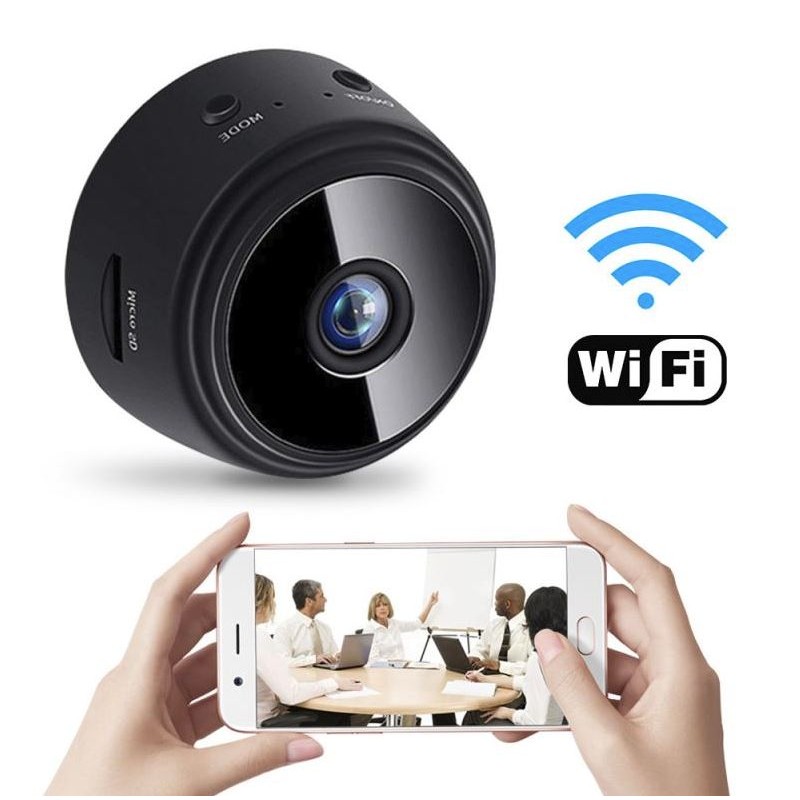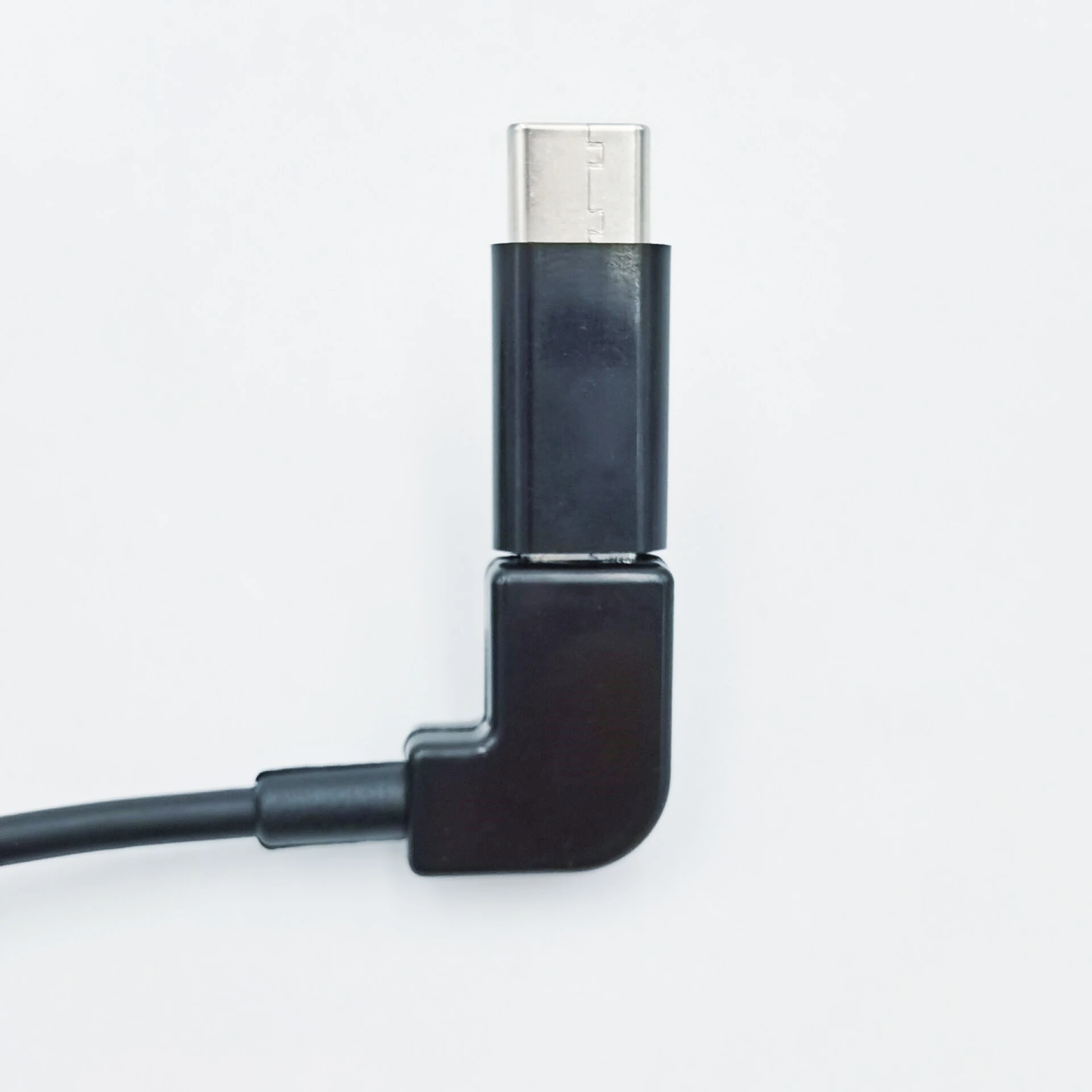

The laser scatters in all directions, and some of it bounces off an object – in the experiment the team conducted, a moving toy truck crashing into a small figurine, producing an "echo". The device sends a laser pulse at the floor near the corner it is trying to "see" around. In the absence of spy glasses that let you see through walls, researchers at Heriot-Watt University and the University of Edinburgh (opens in new tab) have come up with the next best thing: a camera that can see around walls.

Going round the bendįrickin' laser beams (Credit: Heriot-Watt University) We're already seeing drone manufacturers sizing down their products: Axis recently released a drone that can fit in the palm of your hand, and records video at 420p, as the trend downwards in size continues.

They haven't been tested with cameras yet, but it's not hard to imagine combining MAVs drones with tiny cameras to produce spycams that you could easily mistake for a buzzing fly. There's an effort to make MAVs smaller too: Harvard researchers have created a flying robot with a wing span of 3cm. It's the kind of technology that could make its way to the consumer market sharpish. They're more aerodynamic, more economical to run, and can travel longer distances. The University of Southampton, for example, are testing MAVs that have membranous, flapping wings, based on bat physiology. Developing this kind of undetectable tech is big business. Flies instead of spiesĮver heard of MAVs? Micro air vehicles (to you and me) are small drones used in the military as spycams – the British army use the Black Hornet to scout ahead in the field without being seen. That's promising for hidden cameras in homes: multiple tiny cameras that never need the battery changing, activated by movement. But it's a good start, and the team claims it "could integrate our camera with motion-detection sensors".

There's a few catches – the camera only worked if it was within 17 feet of the router, and its images were black and white, 176 × 144. It was high power enough that the camera sensor was able to take photos periodically every 35 minutes. To make sure the harvester receives a continuous Wi-Fi signal (and therefore power), the team created a transmitter that sent out extra "power traffic" from the router on each Wi-Fi channel, so the harvester detects continuous traffic – therefore always producing power. It contains a rectifier that converts the WiFi into direct current (DC), and then a DC-DC converter which boosts the voltage, creating useful power. They made a "harvester", which turns a normal 2.4 GHz Wi-Fi channel signal into power. Researchers from the University of Washington have come up with a solution: last year, they developed PoWiFi, a system powering a battery-free camera using just a Wi-Fi router in real homes (the Asus RT-AC68U). Batteries take up space, and power leads are hardly inconspicuous. Hidden cameras need power – and that often bulks them out. The company is continuing to develop the sensors, and recently announced that they now have the ability to measure temperature, too. The implications of such a tiny lens are obvious for spycams – the sensor is virtually undetectable to the human eye – and Rambus said it could potentially used for video in the future.
#INVISIBLE MICRO SPY CAMERA SOFTWARE#
The image isn't recognisable at this point – it looks like a giant blur – but software can decode it into something visible. The Rambus sensor has a microscopic grate in front of it, which causes the light to spiral into different patterns and hit the sensor from all angles. Normal digital cameras focus light onto a sensor, which breaks the image into millions of pixels and recreates them digitally. The way this is made possible is by taking pictures a little differently. American research company Rambus Labs is developing tiny lens-less image sensors that are just 200 micrometres thick – that's smaller than the point of a pencil. Researchers are starting to remove the lenses from cameras in an attempt to go really tiny.


 0 kommentar(er)
0 kommentar(er)
